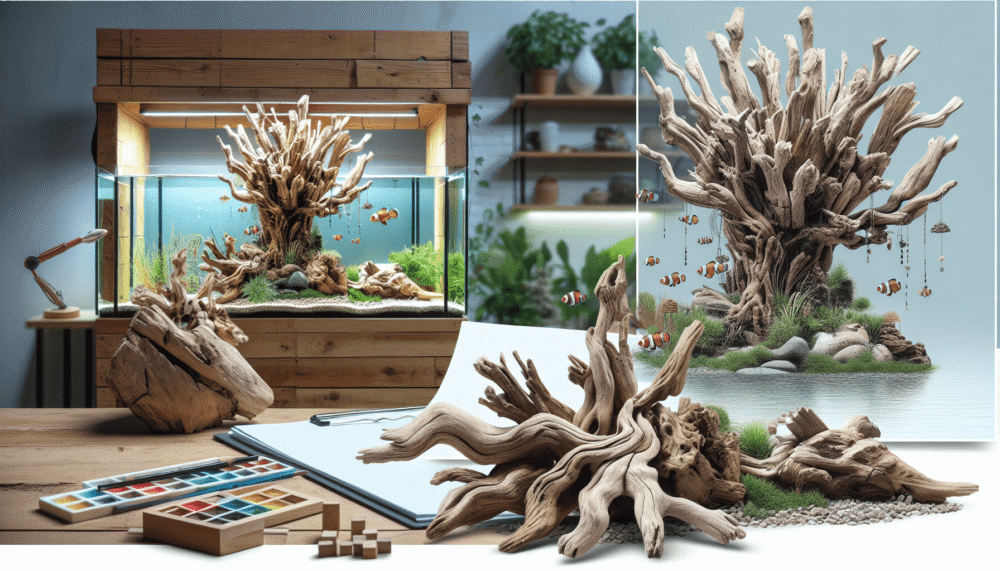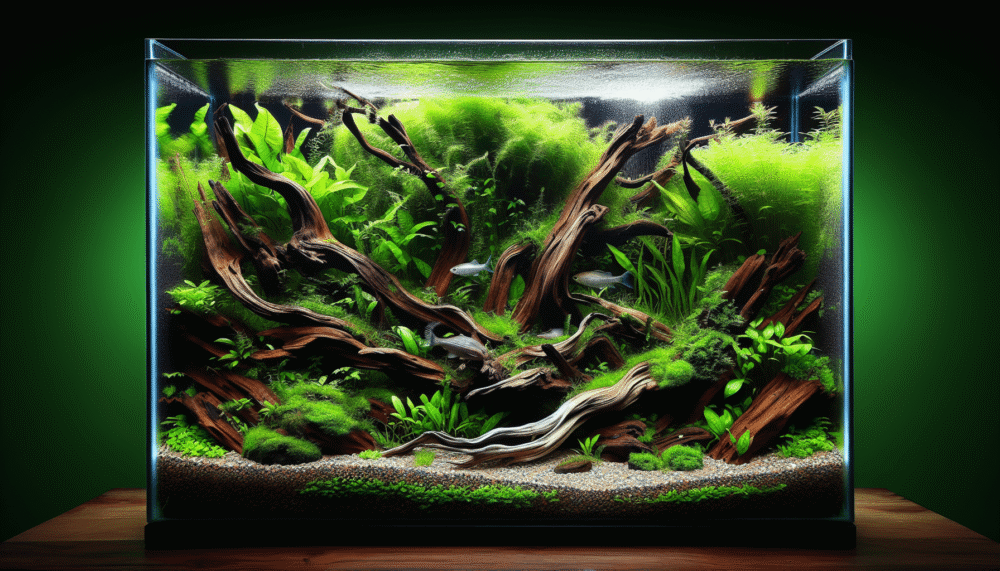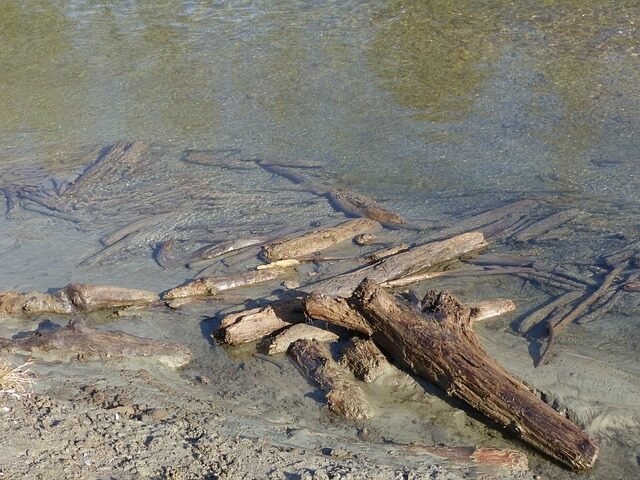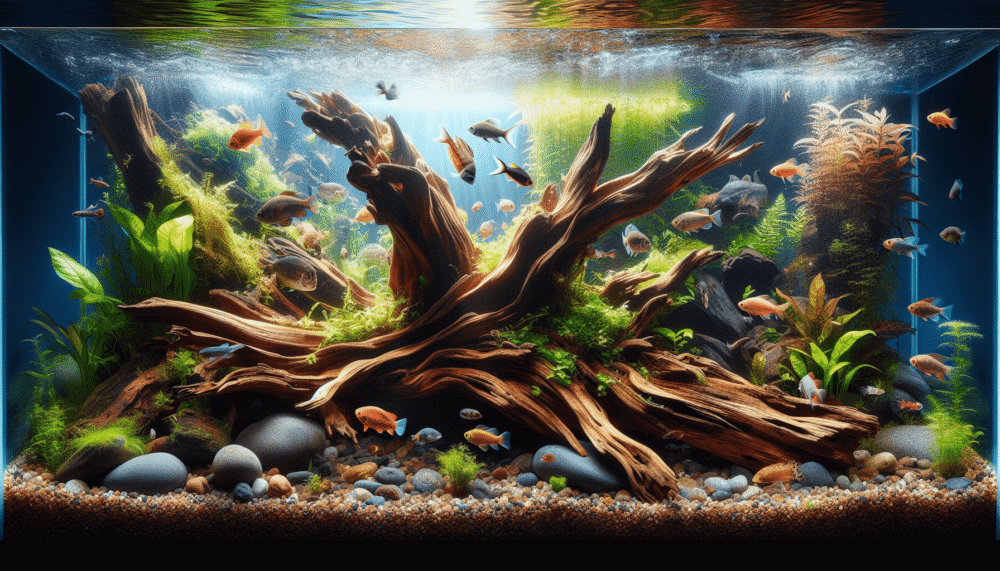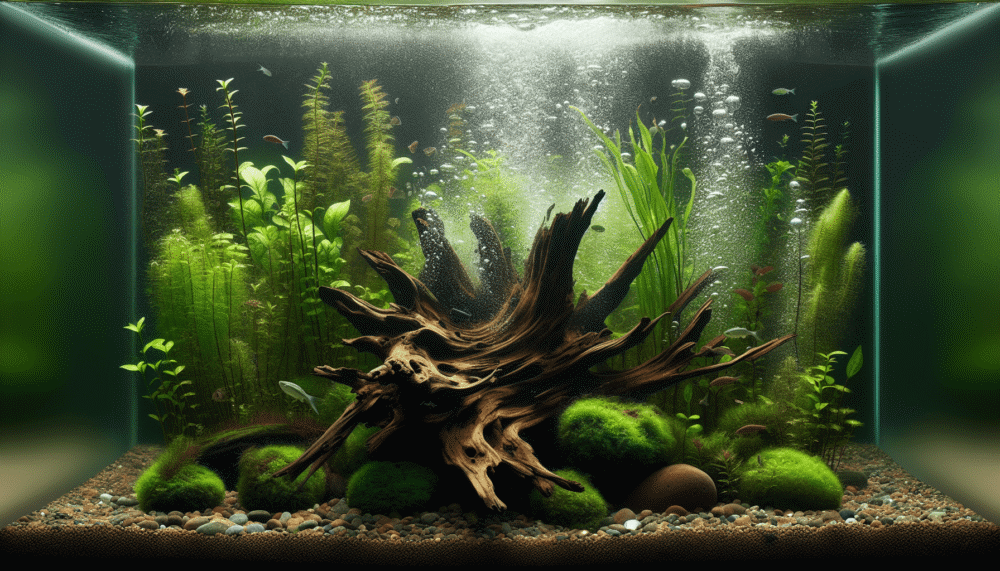Are you a nature enthusiast who loves to incorporate driftwood into your home decor? If so, you’ve come to the right place! In this article, we will explore various methods on how to attach driftwood pieces together. Whether you’re creating a stunning centerpiece or crafting a unique wall art, we’ve got you covered with easy and effective techniques that will help you bring your driftwood creations to life. So grab your tools and let’s get started on this exciting driftwood adventure!
Choosing the Right Driftwood Pieces
When it comes to creating driftwood art or sculptures, choosing the right pieces is essential. Consider the size and shape of the driftwood pieces you are looking for. Depending on your design, you may need long and slender pieces or shorter and wider ones. Think about the overall aesthetic you want to achieve and select pieces that will complement that vision.
Another important factor to consider is the natural curves and holes present in the driftwood pieces. These can add character and visual interest to your artwork. Look for pieces that have unique shapes and textures, as they will make your project stand out.
While examining the driftwood, it’s crucial to avoid pieces with any signs of rot or decay. This can weaken the structural integrity of the artwork and reduce its lifespan. Inspect the driftwood thoroughly, checking for soft spots or excessive damage. It’s always better to choose driftwood pieces that are in good condition to ensure the longevity of your project.
Preparing the Driftwood Pieces
Once you have selected the perfect driftwood pieces for your project, it’s important to prepare them properly. Cleaning the driftwood is the first step in the preparation process. You can use a stiff brush or a toothbrush to remove any dirt, algae, or other debris that may be attached to the surface. This will help ensure a clean and smooth working surface.
After cleaning, inspect the driftwood for any loose bark or splintered edges. These can be gently removed using a sanding block or sandpaper. Be careful not to remove too much material, as the natural texture and appearance of the driftwood should be preserved. Sanding the rough edges will make the pieces safer to handle and prevent any accidental injuries.
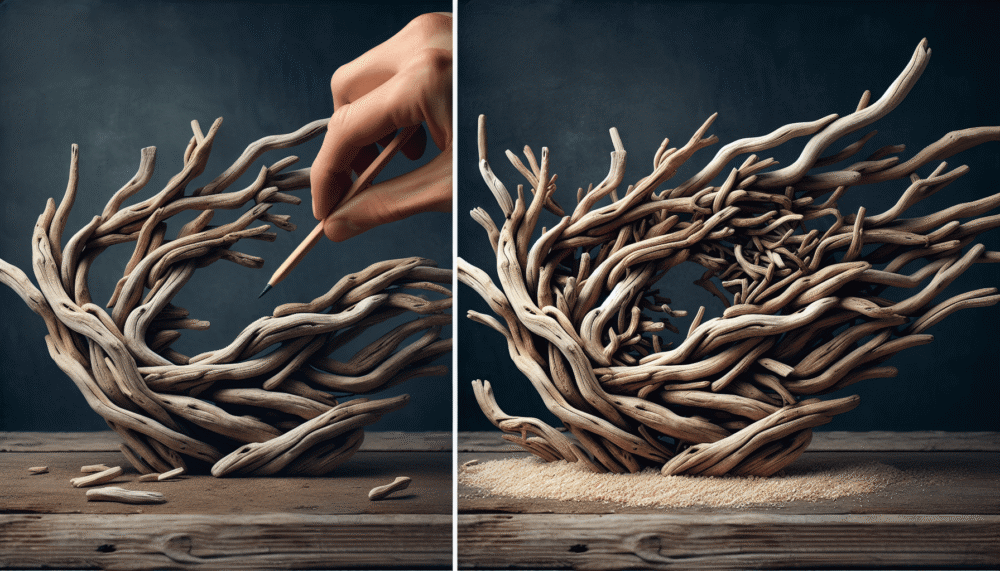
Selecting the Right Attachment Method
Choosing the appropriate attachment method for your driftwood pieces depends on various factors, such as the size and weight of the pieces, the desired aesthetic, and the intended use of the artwork. Here are three common methods for attaching driftwood pieces together:
Using screws or nails: This method is suitable for larger and heavier pieces that require a strong and secure attachment. Pre-drill holes in the driftwood pieces and align them according to your design before inserting screws or nails to secure them in place.
Using wood glue or epoxy: If you prefer a more seamless and invisible attachment, wood glue or epoxy can be your go-to method. Apply a generous amount of glue or epoxy to the contact surfaces of the driftwood pieces and press them firmly together. Allow sufficient drying or curing time for the adhesive to bond the pieces securely.
Using wire or twine: For a more organic and rustic look, wire or twine can serve as an excellent attachment method. Wrap the wire or twine around the driftwood pieces and tie knots to secure them together. Trim off any excess wire or twine to ensure a neat and tidy finish.
Consider the specific requirements of your driftwood project and choose the attachment method that best suits your needs.
Attaching Driftwood Pieces with Screws or Nails
If you have decided to use screws or nails to attach your driftwood pieces, there are several steps to follow to ensure a successful and durable attachment.
First, pre-drill holes in the driftwood pieces. This will prevent them from splitting or cracking when you insert the screws or nails. Use a drill bit that is slightly smaller than the diameter of the screw or nail you will be using.
Next, align the driftwood pieces according to your desired design. Take care to position them precisely, as any misalignment may affect the overall aesthetic of your project. Once aligned, insert the screws or nails into the pre-drilled holes and tighten them securely. Use a screwdriver or hammer to ensure that the pieces are tightly held together.
It’s important to remember that over-tightening the screws or nails can damage the driftwood or cause it to splinter. Exercise caution and only tighten them enough to hold the pieces firmly in place.

Attaching Driftwood Pieces with Wood Glue or Epoxy
Using wood glue or epoxy to attach driftwood pieces together can give your artwork a seamless and natural appearance. Here’s how to do it effectively:
Start by applying the wood glue or epoxy to the contact surfaces of the driftwood pieces. Use a brush or a small spatula to spread an even layer on both sides that will be attached together. Make sure to cover the surfaces thoroughly, paying attention to any nooks or crevices.
Once the glue or epoxy has been applied, press the driftwood pieces firmly together. Ensure that the contact surfaces are in full contact and that any curves or holes align properly. Apply gentle pressure and hold the pieces in place for a few moments to allow the adhesive to bond.
After attaching the driftwood pieces, it is crucial to allow sufficient drying or curing time as instructed by the manufacturer of the wood glue or epoxy. Avoid moving or disturbing the pieces until they have fully dried and the bond has set. This will ensure a strong and long-lasting attachment.
Attaching Driftwood Pieces with Wire or Twine
Using wire or twine to attach driftwood pieces can give your artwork a rustic and natural charm. Follow these steps to achieve a secure attachment:
Start by wrapping the wire or twine around the driftwood pieces. Make sure to wrap it tightly and at multiple points to provide stability and support. You can choose to wrap the wire or twine horizontally, vertically, or in a criss-cross pattern, depending on your design preferences and the desired level of strength.
Once the driftwood pieces are adequately wrapped, tie knots at each intersection point. This will secure the wire or twine in place and prevent it from unraveling. Double-knot the knots for added security.
After tying the knots, inspect the attachment to ensure that the driftwood pieces are held firmly together. If there is excess wire or twine, trim it off using wire cutters or scissors.
Using wire or twine to attach driftwood pieces allows for flexibility in adjusting the positioning and arrangement of the individual pieces. It also adds a touch of creativity and uniqueness to your artwork.
Creating a Driftwood Sculpture
When creating a driftwood sculpture, planning your design is crucial. Consider the placement and arrangement of the driftwood pieces to create a visually appealing and cohesive artwork. Here’s how to create your driftwood sculpture step-by-step:
Begin by visualizing your desired sculpture design. Determine the main focal point and decide on the overall shape and structure. Consider the size and shape of your driftwood pieces, ensuring they fit harmoniously within the design.
Next, start attaching the driftwood pieces according to your design. Use the chosen attachment method, whether it’s screws, nails, glue, epoxy, wire, or twine. Take your time to position each piece precisely, paying attention to angles, curves, and overall balance.
As you attach the driftwood pieces, step back occasionally to evaluate the composition and make any necessary adjustments. Don’t be afraid to experiment and try different arrangements until you achieve the desired effect.
If your driftwood sculpture requires additional support or stability, consider incorporating a base or stand. This will help maintain the balance and prevent the sculpture from tipping over. Choose a base material that complements the natural beauty of the driftwood and securely attach it to the bottom of the sculpture.
Hanging Driftwood Artwork
Once you have completed your driftwood artwork, it’s time to hang it and showcase it in all its glory. Here’s how to hang your driftwood artwork securely:
Attach suitable hanging hardware to the back of the driftwood. This can be D-ring hangers, sawtooth hangers, or any other appropriate hanging mechanisms. Ensure that the hardware is securely fastened and capable of bearing the weight of the artwork.
Determine the appropriate location for hanging your driftwood artwork. Consider the size and weight of the piece, as well as the overall design. Choose a spot that will complement the aesthetic of the artwork and allow it to be prominently displayed.
When hanging the artwork, use appropriate wall fasteners, such as wall hooks or screws, that are capable of supporting the weight of the piece. Follow the manufacturer’s instructions for installing the fasteners correctly and securely.
Before hanging the driftwood artwork, double-check that all attachments and connections are secure. Give the artwork a gentle shake to ensure that it is stable and properly assembled. Taking these precautions will prevent any accidents or mishaps once the artwork is hung.
Applying Finishes to Driftwood Art
Applying finishes to your driftwood art can enhance its appearance and protect it from environmental factors. Consider the following options for finishing your artwork:
Using a sealant or varnish is an excellent way to preserve the natural beauty of the driftwood. Select a sealant or varnish that is suitable for wood surfaces and apply it according to the manufacturer’s instructions. This will protect the driftwood from moisture, UV rays, and potential decay, ensuring its longevity.
If you want to add color or create a specific aesthetic, consider applying paint or stain to your driftwood art. Choose a color or stain that complements the overall design and desired look. Apply the paint or stain evenly, using brushes, sponges, or other appropriate tools. Allow the finishes to dry completely before handling or displaying the artwork.
Before applying any finishes, it’s important to clean the driftwood thoroughly and remove any debris or dust that may interfere with the application. This will ensure a smooth and even finish.
Maintenance and Care for Driftwood Projects
To maintain the beauty and integrity of your driftwood projects, regular cleaning and care are essential. Follow these steps for proper maintenance:
Periodically clean the driftwood to remove dust, dirt, or any buildup that may accumulate over time. Use a soft brush or cloth to gently wipe the surface, avoiding harsh chemicals or abrasive materials that may damage the wood or finishes.
Inspect your driftwood projects for any signs of damage or decay. Look for cracks, splits, or soft spots that may compromise the stability or aesthetics of the artwork. If you notice any issues, take timely action to make necessary repairs or touch-ups. This may involve reattaching pieces, filling cracks, or refinishing the wood.
When displaying driftwood projects, avoid placing them in direct sunlight or areas with extreme temperature fluctuations. Excessive exposure to sunlight can fade the colors and potentially weaken the wood. Similarly, significant temperature changes can cause the wood to expand or contract, leading to structural issues.
By following these maintenance and care practices, your driftwood projects will continue to bring beauty and enjoyment for years to come. Regular attention and proper care will ensure their longevity and preserve their natural charm.
